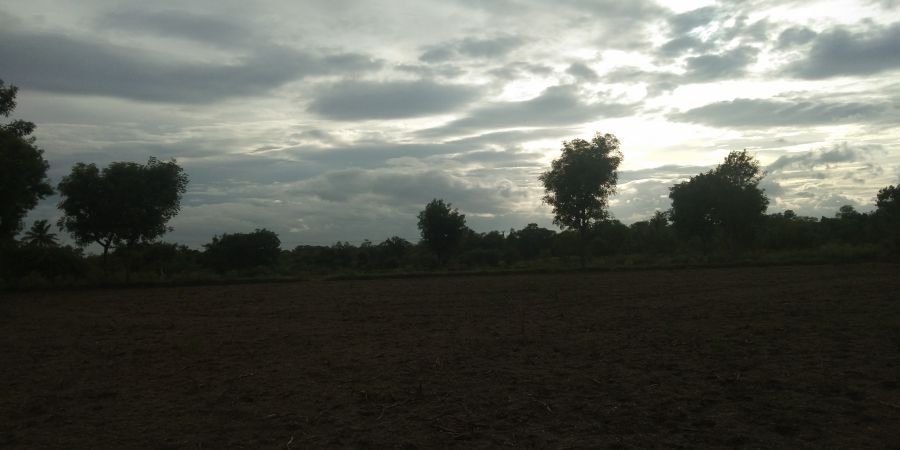Life Hacks
Science
Knowledge Sharing
Proteins And Types Of Proteins.
PROTEINS
- Proteins are the basis for the major structural components of animal and human tissue.
- They act as biological catalysts form structural parts of organisms, participate in different cell reactions, act as molecules of immunity and also provide fuel.
Classification of proteins
Simple proteins- Albumins
- Globular protein is insoluble in water and dilute salt solution.
- Precipitated by saturation with(NH4)2SO4 solution.
- Coagulated by heat.
- Found in plant and animal tissue.
Conjugated proteins-Mucoprotein
- Saliva and Egg white(ovomucoid).
- Proteins combined with amino sugars, sugar acid and sulfates.
a)Conjucated proteins- Nucleoproteins
- It contains nucleic acids, nitrogen and phosphorus.
- It is present in chromosomes and in all living forms as a combination of protein with either DNA or RNA.
b)Conjugated proteins- Phosphoproteins.
- Milk and Egg yolk.
- Phosphoric acid joined in ester linkage to protein.
Structure of proteins
- Depends upon the spatial arrangement of polypeptide chains.
- Three arrangements are possible.
- Four structure:
- Primary structure
- Secondary structure
- Tertiary structure
- Quaternary structure
The primary structure of proteins
- The sequence of amino acids in a polypeptide chain is called a primary structure.
- Amino acids are linked with one another through peptide bonds.
The secondary structure of proteins
- Peptide chains may acquire spiral shape or may be present in a zig zig manner.
- This coiling of peptide chains is called the secondary structure of proteins.
- It is due to Hydrogen bonding.
The tertiary structure of proteins
- Twisting or folding of polypeptide chains represents tertiary structure of proteins.
The quaternary structure of proteins
- Quaternary means four.
- It is the arrangements of multiple folded protein or coiling protein molecules in a multi- subunit complex.
- A variety of bonding interactions including Hydrogen bonding, salt bridges and disulfide bonds holds the various chains into a particular geometry.
Properties of proteins
- Found in all living organisms.
- Involved in processes such as digestion of food, cell structure, catalysis, movement, energy manipulation etc.
- Complex molecules.
- Polymers of amino acids.
- Long chains of amino acids are called polypeptide .
Bonds in protein
- Ionic bond
- Disulfide bond
- Hydrogen bond
- Hydrophobic Interactions
- Peptide bond
Function of protein
- Protein has a critical physiological function. Protein is primarily used in the body to build, maintain, and repair body tissues.
- In the event that protein intake is greater than that required by the body for this primary function, excessive protein is converted to energy for immediate use or stored in the body as fat.
- Protein energy will be used only after other energy sources are exhausted or unavailable.










